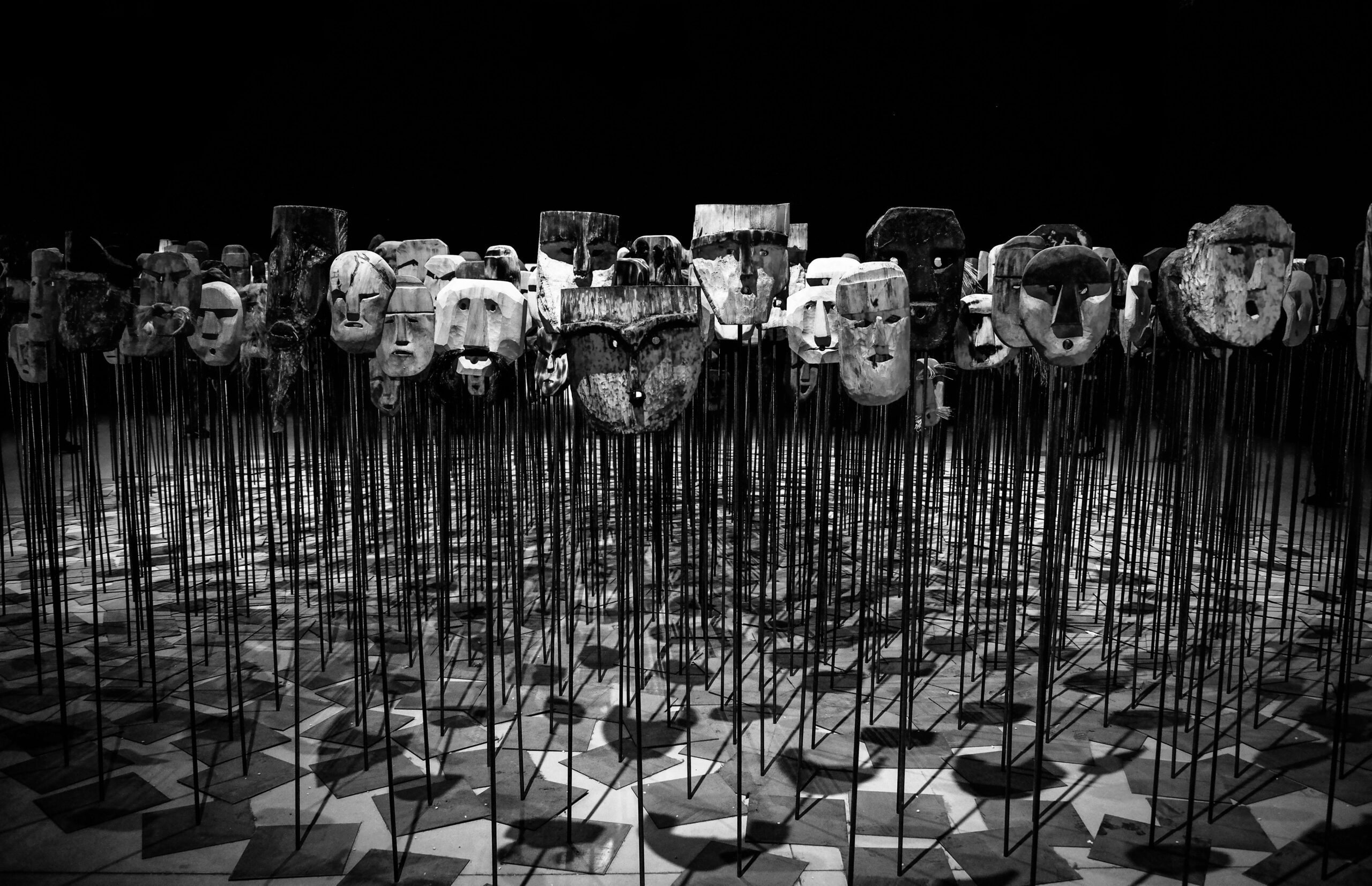With dApps (decentralised apps) like Chingari, Odyssey, Audius among others, Web3 is paving the way for future creators. Most of us believe creators to be just media personalities. We often slot them underneath pithy terms such as YouTubers, Social Media influencers, Live Streamers, etc.
But they are much more than that.
Creators generate experiences. They build and gather communities of like-minded people in a place at a given point of time.
The medium need not necessarily be video. It could be music, art, photography, among other things. They could be amateurs, hobbyists and/or experienced individuals who have unlocked the potential of their talent and understood how to monetise it. Followers/fans pay for their content, products, interactions or anything else that is offered by the said creator. On the basis of engagement, brands choose to sponsor or are willing to then pay for getting access to that community to market their products and services.
This web of interactions adds method to the madness and helps shape what we call the ‘Creator Economy’.
December 10, 2007 has been earmarked as the birth of the ‘Creator Economy’. This is when YouTube started sharing its advertising revenue with creators. It was the first time when people realised that they could actually post a video online and get paid for it. Later, Instagram influencers started getting paid to speak about products and services on their feeds and then on April 24, 2017 Twitch launched its affiliate program where streamers could make solid revenue just by getting subscriptions.
Twitch’s program sent tremors down the Facebook Gaming team, who responded by announcing a $2,500 signing bonus for 90-day exclusivity to its Mixer partners — a lucrative incentive for streamers who might be looking to explore outlets for their live streams other than Twitch.
Before we knew it, game streamers began to bag millions of dollars for their work but on the flip side, they often found themselves sandwiched between multiple brand wars.
‘Creator Washing’ amidst the walled gardens
Massive content platforms offer a bouquet of services or solutions, striving to be the one stop shop for creators. Even if that means to shamelessly steal formats from the market.
Take for example, Instagram with ‘stories’ and ‘reels’ — something that was started by SnapChat and TikTok respectively. Twitter tried their hand at stories as well and ditched it only to adopt the Clubhouse model to initiate ‘spaces’.
These platforms and the like, yearn for all kinds of creators to stick with them so they can bring/ get on board more users and brands thereby sustaining their walled gardens. At first glance, the dollar bills and the attention seem all rosy for the creators but over time this has proved to be detrimental to their career, mental health and their respective communities at large.
Platform algorithms suggest content to viewers and in return they demand certain deliverables from content creators in order to stay in the spotlight and maintain the steady flow of income. This has irrevocably led to something called ‘creator burnout’ — a major mental health crisis that affects a lot of creators today.
Many creators have begun to realise that they are merely renting the audience from the platforms, thereby making it difficult to transition, or take the community that they’ve built for years, to some place else which might be more ethical or lucrative. They find themselves stuck within this massive content platform loop, enslaved by their algorithms.
In addition to that, they have no power whatsoever to influence ad-hoc changes made by platforms to their rules and regulations. Case in point: Instagram and YouTube taking down content on the basis of their vague ‘Community Guidelines’.
Major content creators have risen, time and time again, in response to these harsh realities.
In 2016, even before Vine was close to pulling down its shutters, some of the platform’s biggest stars were said to have formed a secret coalition to altogether quit and create a mass exodus of sorts. This was after the platform failed to fix the in-app glitches and refused monetary compensation to creators for their hard-work.
Around the same time, several creators pulled out of YouTube after the platform shifted its focus towards ‘family-friendly’ content, in turn affecting ad-revenue models of creators which didn’t fit under the same umbrella of the platforms’ content model. This phenomenon went on to be famously termed ‘The Adpocalypse’ — which re-occurred four times between 2017 and 2019.
In 2021, OnlyFans made changes in their policies to ban explicit content, only to reverse their decision owing to the extreme backlash they faced via their community.
Since the Covid-19 scare has faded, many platforms have boosted their efforts to lure in more creators into the ecosystem.
Advertisement and marketing campaigns like Instagram’s ‘We Are In The Making’ and YouTube’s ‘Create With Kindness’ among others are making many folks turn their weekend passion-projects into personal brands.
However, with the absence of democratised opportunities and lack of community ownership, it is aptly clear that history will only repeat itself and creators will ultimately face the same hurdles as before, ultimately bearing truth to the so-called ‘Creator Washing’ phenomenon.
From Creator Economy to Ownership Economy
In an episode of The Pomp Podcast, host Anthony ‘Pomp’ Pompliano and guest Jesse Walden — investor at Variant Fund and who has previously worked on the crypto team at Andreessen Horowitz, introduced the term ‘Ownership Economy’ and stated how Web3 is going to empower creators to not just take ownership of their communities but also in monetisation of their skill-sets in a democratised manner.
Several Web3 products are making ‘Ownership Economy’ a force to reckon with. Take for example Chingari – a short video creation and consumption app, which boasts of 56mn+ users on its platform. Chingari made an essential pivot to Web3 just recently and launched Gari tokens and various other programs which enable creators and users to earn as they spend time on the app. For many consumers today, Chingari is the best Web3 alternative to TikTok, post its unfortunate ban in the country.
Talking of alternatives in Web3, Google is being replaced by Brave – a platform that rewards you every time you consume an ad. Spotify, Apple Music and other music streaming platforms are being replaced by Audius that rewards artists and doesn’t hold them by contracts or labels. So is YouTube by Odyssey, and Instagram by Showtime.
With the advent of dApps, the shift in creator mindset and loyalty is inevitable. As the Web3 world continues to shockproof its future, it shall be interesting to see how the Web2 giants respond.
Words by Vivek Bhatia
Cover Image via Omni Matryx/Pixabay




